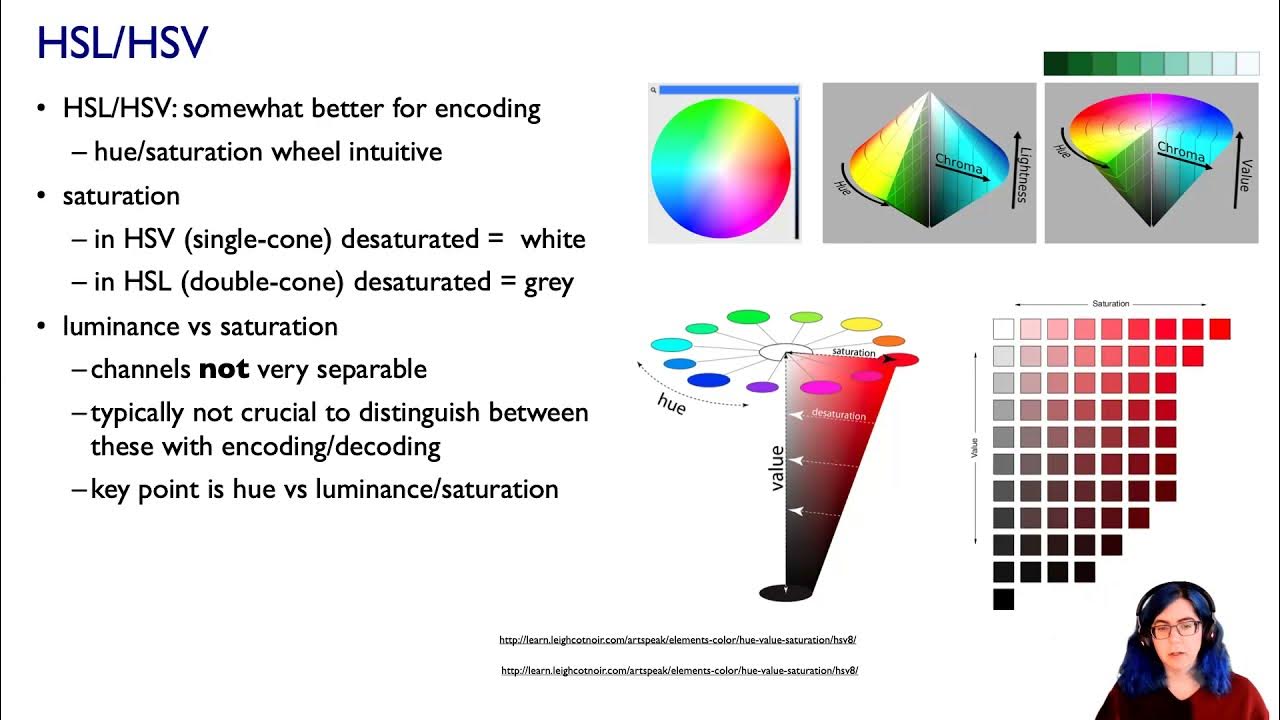How to use color in your data visualization
Summary
TLDRIn this engaging presentation, the speaker explores the vital role of color in data visualization, highlighting how color can influence audience perception and understanding. They emphasize the importance of accessibility for color-blind individuals and advocate for consistency in color usage to reduce cognitive load. Through a critique of graphs from *The Economist*, the speaker illustrates how inconsistent color schemes can lead to misinterpretation of data. Concluding with insights from their forthcoming book, *Storytelling with Data*, the speaker provides valuable lessons on effectively communicating data through thoughtful design choices.
Takeaways
- 😀 Color carries meaning and emotion, influencing audience perception in data visualization.
- 😀 Different colors can represent specific concepts, such as red for heat and blue for healing.
- 😀 Approximately 10% of the population is colorblind, impacting their interpretation of color-based data.
- 😀 Avoid using red and green together without additional visual cues, as these colors can be difficult to distinguish for some viewers.
- 😀 Consistent color usage across visuals helps audiences recognize and retain information more effectively.
- 😀 Changes in color representation can confuse viewers, as demonstrated in the critique of The Economist graphs.
- 😀 Providing a complete picture by including relevant data points enhances the clarity of the visual narrative.
- 😀 Using darker colors for specific regions can maintain coherence in visual storytelling.
- 😀 Color should be used sparingly to create a clear cue for where audiences should focus their attention.
- 😀 For deeper insights into effective data visualization, the speaker recommends their forthcoming book, *Storytelling with Data*.
Q & A
What is the primary focus of the video?
-The video focuses on effective data visualization, specifically the role of color in enhancing communication and understanding within visual data.
How can color be used to grab audience attention?
-Color can leverage the pre-attentive attribute to draw attention to key areas in data visualizations, signaling where the audience should focus.
What are some common meanings associated with specific colors in Western culture?
-In Western culture, red often signifies heat or danger, blue is associated with healing, and yellow represents happiness.
Why is it important to consider color blindness in data visualization?
-Approximately 10% of the population is color blind, making it crucial to avoid using red and green together or to provide additional visual cues to ensure all audiences can interpret the data accurately.
What consistency should be maintained in color use across a presentation?
-Consistent color schemes should be used throughout a report or presentation to help the audience familiarize themselves with the data and make accurate interpretations.
What issues were identified in the graphs from The Economist?
-The graphs had inconsistent color usage for representing women and men, leading to potential confusion. For instance, women were shown in red in one graph and blue in another, which could mislead viewers.
How can the representation of men and women in visual data provide context?
-Including both men's and women's data allows for a more comprehensive understanding of the situation, highlighting disparities and opportunities for improvement in representation.
What is the significance of bolding numbers and using visual cues in data visualizations?
-Bolding numbers and adding visual cues help emphasize important information, making it more accessible and understandable for audiences, particularly those with color vision deficiencies.
What does the speaker recommend for those interested in learning more about data visualization?
-The speaker recommends checking out their forthcoming book, 'Storytelling with Data,' which delves deeper into the principles of effective data visualization and communication.
What overarching lesson about color does the speaker convey?
-Color should be used thoughtfully and consistently in data visualizations to enhance clarity, convey meaning, and ensure that all audience members can understand the information presented.
Outlines

This section is available to paid users only. Please upgrade to access this part.
Upgrade NowMindmap

This section is available to paid users only. Please upgrade to access this part.
Upgrade NowKeywords

This section is available to paid users only. Please upgrade to access this part.
Upgrade NowHighlights

This section is available to paid users only. Please upgrade to access this part.
Upgrade NowTranscripts

This section is available to paid users only. Please upgrade to access this part.
Upgrade NowBrowse More Related Video

Color (Ch 10) III, Visualization Analysis & Design, 2021

What do colors movie characters wear mean?

Color (Ch 10) I, Visualization Analysis & Design, 2021

Composition for Noobs | Beginner Guide

Color In Sight I A Documentary on the Details of Color in Design by TEALEAVES

How language affects diversity | Elin Jones | TEDxYouth@ISHS
5.0 / 5 (0 votes)